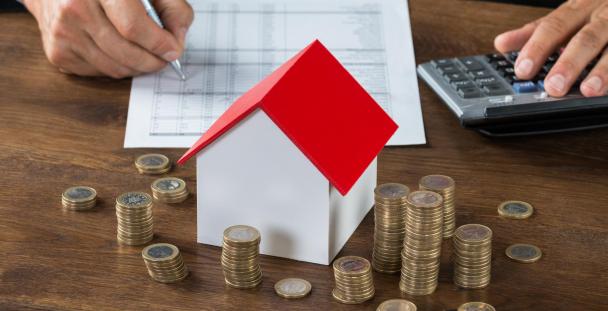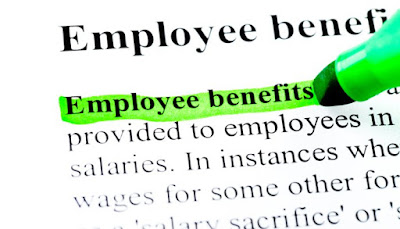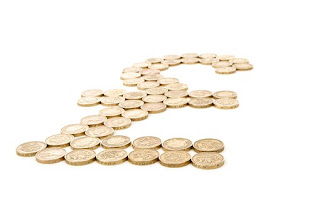
Most people do not expect to pay capital gains tax when they sell their only or main home, particularly if the property has been their only home for their entire time that they owned it. However, what is less well known is that the exemption places a limit on the amount of garden that falls within the main residence exemption. This may catch out those who sell their main residence and have large gardens or land.
What is allowed?
The legislation allows grounds up to the ‘permitted area’ to fall within the main residence exemption. This is set at 0.5 of a hectare (1.24 acres). However, a larger area may be allowed where, 'having regard to the size and character of the dwelling’ this is required for the reasonable enjoyment of the property.
Case law
The case of Phillips v HMRC UKFTT 381 TC concerned the sale of the Phillips’ main residence, which had a garden of 0.94 of a hectare. As it was their main residence, the Phillips did not declare the gain to HMRC. HMRC investigated the disposal while checking SDLT returns in March 2017, having discovered that at 0.94 of a hectare, the grounds exceeded the permitted area of 0.5 of a hectare allowed by the legislation.
In considering whether the larger grounds were needed for the reasonable enjoyment of the property, recourse was made to previous decisions. These included the case of Longston v Baker 73 TC415, in which the taxpayer contended that land in excess of 0.5 of a hectare was needed to house and graze his horses. However, the judge noted that it was ‘not objectively required, i.e. necessary, to keep horses at houses in order to enjoy them as a residence’.
In the Phillips’ case, the Tribunal found in their favour, ruling that the land was required for the reasonable enjoyment of the property, which is large and in a rural area. However, as previous decisions show, it is far from a given that the Tribunal will always rule in the taxpayer’s favour when it comes to deciding whether land sold with a house falls within the main residence exemption.
Caution required
Some caution is required when selling a property that has substantial grounds, particularly if some of the land is used for equestrian purposes. The purchaser will pay SDLT, and where this is at mixed property rather than residential rates, a review of the SDLT returns may trigger an investigation.
For more information on the above please contact a member of our team.
In July last year, the Government announced a temporary increase in the residential stamp duty land tax (SDLT) threshold to £500,000. The higher threshold applies where completion takes place between 8 July 2020 and 31 March 2021. From 1 April 2021, the threshold will revert to £125,000, with a higher threshold of £300,000 applying to first-time buyers where the price of the property is not more than £500,000.Higher (but different) thresholds also apply in Scotland for land and buildings transactions tax (LBTT) and in Wales for land transaction tax purposes (LTT). These are not discussed here.SDLT supplementA SDLT supplement of 3% applies where a buyer purchases a second or subsequent property for £40,000 or more, such as a buy-to-let property or a holiday home. The supplement does not apply where the buyer sells their main residence and buys a new home, even if they also own other properties.Where the higher residential threshold applies, the 3% supplement applies to the rates as reduced during that period. Consequently, those buying second homes or investment properties should look to complete by 31 March 2021; failure to do so may prove costly.The ratesThe SDLT residential rates applying between 8 July 2020 and 31 March 2021, and those applying from 1 April 2021 onwards, are shown in the tables below.8 July 2020 to 31 March 2021From 1 April 2021• First time buyers buying a property costing not more than £500,000 pay SDLT at 0% on the first £300,000 and 2% on the balance.The cost of missing the deadlineFailing to complete by 31 March 2021 can be costly as the following example shows.ExampleTed is in the process of buying an investment property for £400,000. He already owns a main residence and two investment properties, so the supplement applies.If completion takes place on or before 31 March 2021, he will pay SDLT of £12,000 (£400,000 @ 3%). However, if completion takes place on or after 1 April 2021, the SDLT bill will be £22,000 ((£125,000 @ 3%) + (£125,000 @ 5%) + (£150,000 @ 8%)). Missing the deadline will cost Ted £10,000.Remember, the key date is the date of completion, not the date of exchange.For more information on the above please contact a member of our team.










